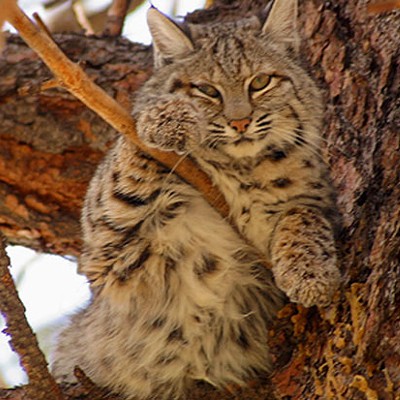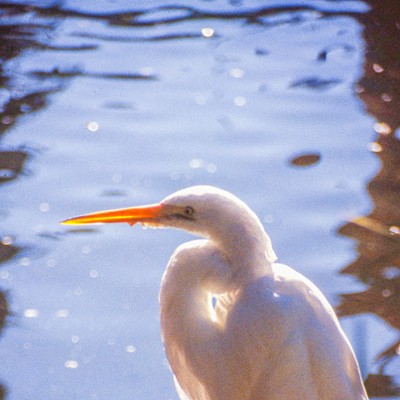This photo shows a group of party balloons found clinging to the GI Ranch pasture fence and others deflated and scattered around, way out in the middle of the state. A group of calves were smelling and nibbling at them when they were found. Had one of the calves started chewing on it and attempted to swallow it, chances are that calf would have either choked to death, or if swallowed, it would have caused serious problems in the animals digestive system.
Ann Snyder, an Ashwood rancher, was headed out to her sheep pens not too long ago to do morning chores when she noticed a couple of lambs sniffing at something red that was hung up in the fence. It turned out to be two, red, heart-shaped Mylar balloons tied to a piece of ribbon that had dropped out of the sky and gotten hung up in her fence.
One of the lambs was nibbling on the string and, seeing the obvious choking hazard, Snyder took the ribbon away from the lamb and shooed him off with the rest of the flock. Then she untangled the balloons from the fence and showed them to her husband, Bing.
As they discussed the balloons, it suddenly became apparent that outside of picking up someone else's garbage, there was no damage done—BUT—it was easy to see how wildlife and livestock might not be so lucky as this curious lamb.
Over the past 25 years of ranching in Central Oregon, they've had several other incidents of balloons coming down on their property, but never with such clear implications for wildlife and livestock.
And, with the prevailing winds as they are in this part of the country—SW to NE—it's not too difficult to pin down which big cities in Oregon they may be coming from.
The list of damages done by what was once thought to be nothing but harmless, colorful birthday balloons drifting away to the cheering of children (and car dealers), is long and just as colorful.
All released balloons, including those falsely marketed as "biodegradable latex," return to Earth as ugly litter. They kill countless animals and cause dangerous power outages. Millions of plastic balloons end up in the oceans, causing irreparable damages and fatality to ocean life.
According to chemists and others concerned with chemical waste, balloons are also a waste of helium, a finite resource. Balloons can travel thousands of miles, pollute the most remote and pristine places, and kill whales, turtles and other ocean life.
Perhaps the most horrific consequence that can be traced to releasing party balloons was discovered in the early 1990s at the site of an airplane that crashed near Placentia, California. Investigators found pieces of balloons scattered near the crash area, and concluded that the balloons may have been sucked into the plane's engines.
A witness on horseback heard a popping noise and saw what looked like a flare and some confetti fall away from the plane as it rolled and nose-dived, one investigator said.
"Her statement was so unusual," the investigator told the L.A. Times in 1994. "Where the flare was supposed to have landed, there were pink and white balloons. The condition of the balloons was that they had not been there a long time."
Oregon Fire Code already regulates unmanned free-floating devices such as airborne paper lanterns due to the fire risk. Our law-makers should also include party balloons in these ordinances.


























